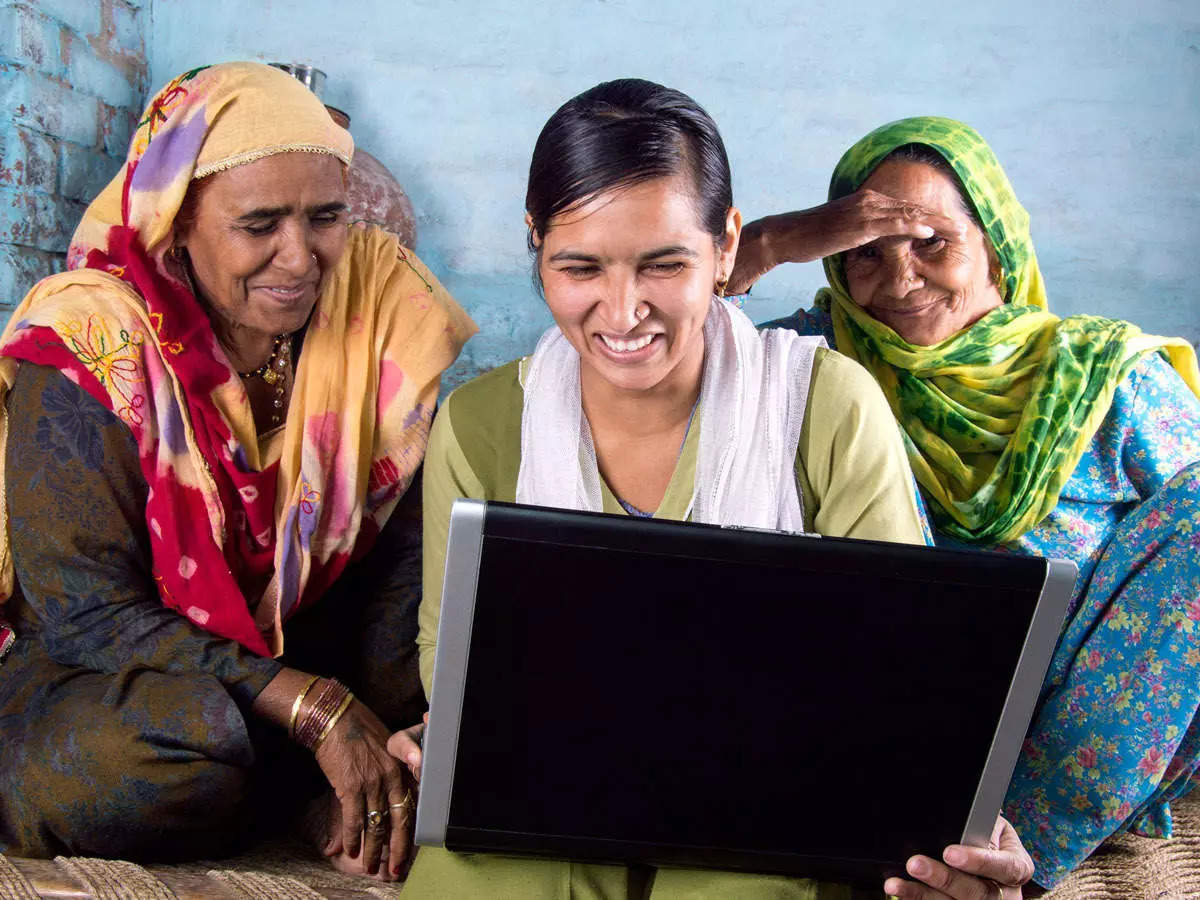
Digital transformations have emerged as a catalyst for economic expansion, employment generation, and innovation.
As per the “The Digital Progress and Trends Report 2023” published by the World Bank in March 2024, between 2000-2022, the value added in the IT services industry globally increased at an annual rate of 8%, which is approximately double the rate of growth observed in the global economy.
The annual growth rate of employment in IT services was 7%, which is six times the growth rate of total employment. With the spread and adoption of digital technologies being just as important as their invention, the rate at which people are embracing digital technologies has largely accelerated resulting in the addition of 1.5 billion additional internet users between 2018 and 2022.
However, the report also suggests that low-income countries, vulnerable populations, and small enterprises have lagged behind while higher-income countries have seen an acceleration of transformational digital developments such as Artificial Intelligence (AI). One in four persons in low-income countries used the internet in 2022, and their connection speeds were usually far slower.
Many low- and middle-income countries have less than half of their enterprises online thus losing out on the first mover advantage of technologically savvy companies integrating generative AI into their products and services.
Consequently, while digitalization can help in generating job opportunities and promote inclusion it could also lead to exacerbating inequality levels. Increasing disparity levels in access to digital technology is intensifying the inequalities in economic prosperity and efficiency between wealthier and less affluent economies. Disparities in access to digital infrastructure could be said to be attributable to socioeconomic status, geographic location, and technological literacy, among other variables.
On the brighter side, the report highlights the fact that the increase in internet users was primarily propelled by middle-income countries, with India being a prominent example. While only 20% of Indians utilised the internet in 2018, during the period 2018 to 2022 the country experienced a remarkable increase of 170% in the number of internet users.
Few of the factors that contributed to the increase included the growth in digital literacy among women, decreased costs of mobile data, pandemic-related constraints, and government programmes such as the Unified Payments Interface and the Digital India Initiative.
The Digital India Mission, the Indian government’s flagship effort, is aimed at making the country into a digitally empowered society and knowledge-based economy. A number of significant initiatives demonstrate India’s commitment to closing the digital divide and improving digital literacy.
Recognising the vulnerability of rural populations to the digital divide, the government has created programmes such as Diksha (Digital Infrastructure for Knowledge Sharing), BharatNet project (connect gram panchayats and through optical fibre links), Common Service Centres (enables citizens to access citizen focussed services available on digital platforms), National Digital Literacy Mission etc.
However, we still have some distance to cover. What is worrisome is the fact that although India is amongst the first four in terms of largest digitalised country in the world, as per GSMA (Global System for Mobile Communications) the ‘Usage Gap’ in 2021, that is, fraction of people living in areas with internet connectivity but still not utilising the facility stands at 61% as against a global average of 55%.
As of September 2022, internet density in urban areas was 104.77% while for rural areas was as low as 38.33%. Also, with respect to the gender gap, while the proportion of Indian men using mobile internet grew from 45% in 2020 to 51% in 2021, for the women population it was the same in 2021 as against 2020 i.e. 30%. Thus, it is important that as a nation, we bridge the urban-rural and gender driven digital gap and unleash the nation’s full potential.
Acceleration in adoption of emerging technologies, Internet of Things (IoT), AI etc. will help unlock the growth potential of the country. While it might disrupt traditional economic growth it would also give rise to new age development models and introduce technological led innovation, thus moving the nation faster on the trajectory of economic growth.
The silver lining on the wall being: To properly employ frontier technologies in economic development and with the Government actively pursuing goals such as Smart Cities and Smart Health and promote social inclusion, the country is actively promoting the enhancement of its digital infrastructure.
“Digital Public Infrastructure of India – Accelerating India’s Digital Inclusion”, a report jointly released by NASSCOM and Arthur D. Little states that the nation’s digital public infrastructure by 2030 is likely to accelerate the country towards being a USD 1 trillion digital economy. Digital Public Infrastructure (DPI) helps countries in providing vital services to their residents, thereby empowering individuals, enhancing their quality of life through the facilitation of digital inclusion and promoting social and financial inclusion. DPIs have strengthened the basis of India’s digital revolution, increasing the country’s potential to use digital technology on a large scale to generate societal reforms and economic progress.
However, it is important to bear in mind that without addressing the urban-rural and gender driven digital disparities, expanding upon digital public infrastructure could exacerbate the digital divide and amplify pre-existing inequalities.
(The author is Professor in Economics and Area Chair at the Birla Institute of Management Technology; Views are personal)



